7 Overlooked Areas You Probably Forgot to Clean
And the fastest, most effective ways to make them sparkle.
By Lynn Andriani
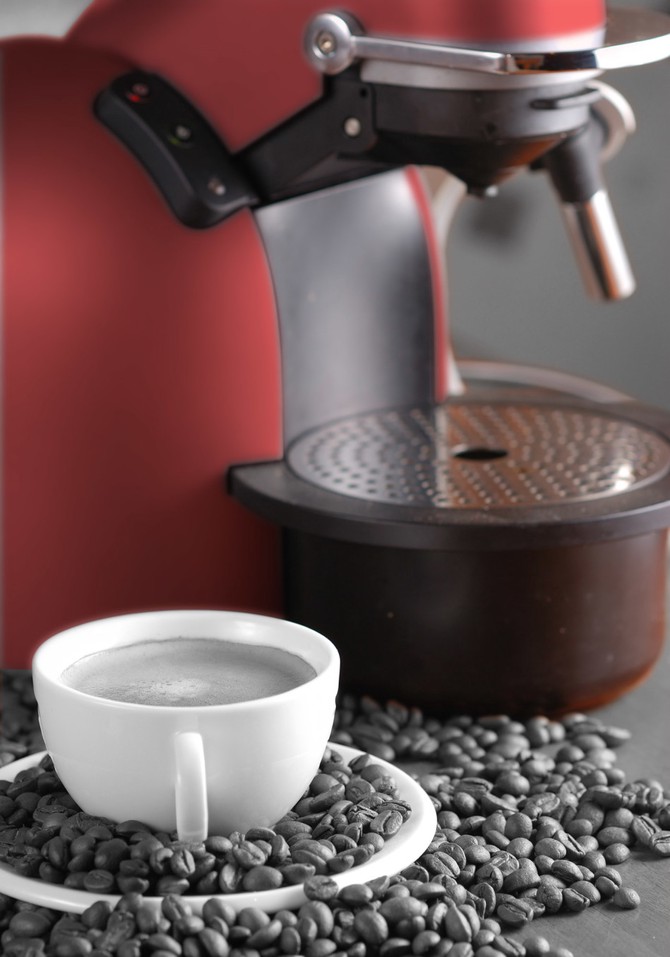
Photo: Zoonar/N. Okhitin/Thinkstock
The Seemingly No-Mess Coffeemaker
Pod-based coffee machines, like Keurig, make it so easy to brew a cup of joe that you rarely have to think about them—but as their owner's manuals attest, they should be cleaned of mineral deposits regularly. Many of these brands sell their own descaling kits, but Becky Rapinchuk, author of The Organically Clean Home and CleanMama.net, has a homemade solution. Every two months she fills the coffeemaker's reservoir about halfway with white vinegar, or, depending on the model, pours 10 ounces into its water chamber. She runs the machine as if she would if she were making a cup of coffee—without inserting a pod, so only the vinegar solution goes through the machine—then runs it a few more times using water instead of vinegar, until the vinegar smell has disappeared. (You may want to check your owner's manual to see if your model has any warnings against using vinegar before attempting this.)

Photo: Tomasz Dopia/Hemera/Thinkstock
Those Stylish Antique Brass Accents
The patina on 2015's "it" metal for doorknobs and drawer pulls can hide smudges—so well that you might not think of wiping them down as regularly as their polished brass and brushed nickel predecessors. Dip a washcloth in warm water and a little white vinegar (about a capful for every few cups of water) and use that to remove grime, says Rebecca Napelbaum, Chief Cleaning Officer for Handy.com, a service that connects people with cleaners and home repair experts. Avoid multipurpose cleaners, which could harm the finish.
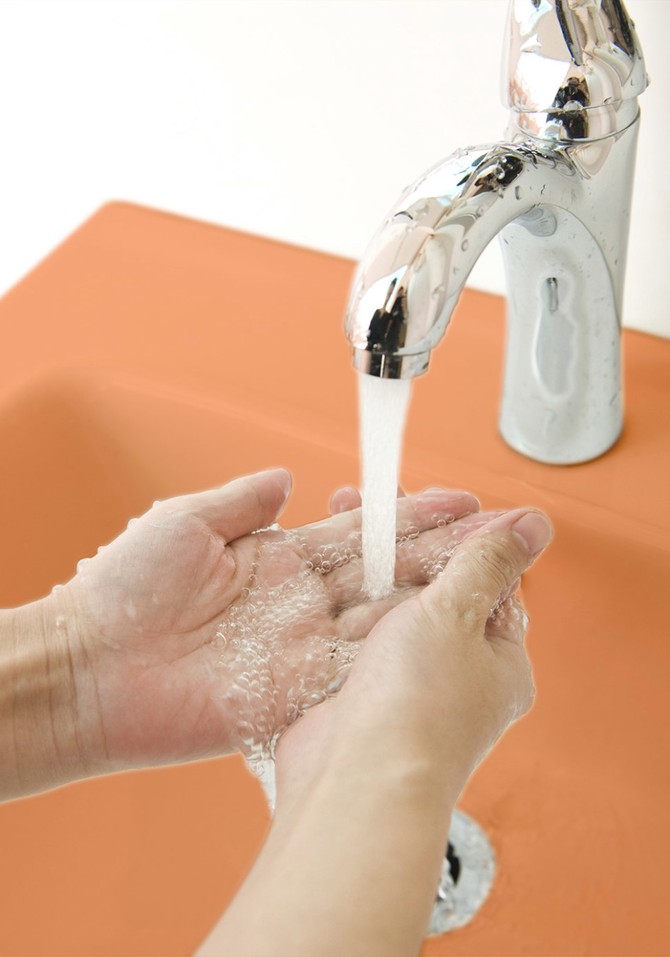
Photo: hxdbzxy/iStock/Thinkstock
That Inch Between Your Faucet and the Backsplash
One of the big problem areas Handy's cleaning pros see is a thin soapy buildup just behind people's faucets in the kitchen and bathrooms. Scrape off that easy-to-miss filmy layer with a used gift card or old credit card—they're sturdy enough to swipe off the mess but shouldn't damage your countertops, Napelbaum says.
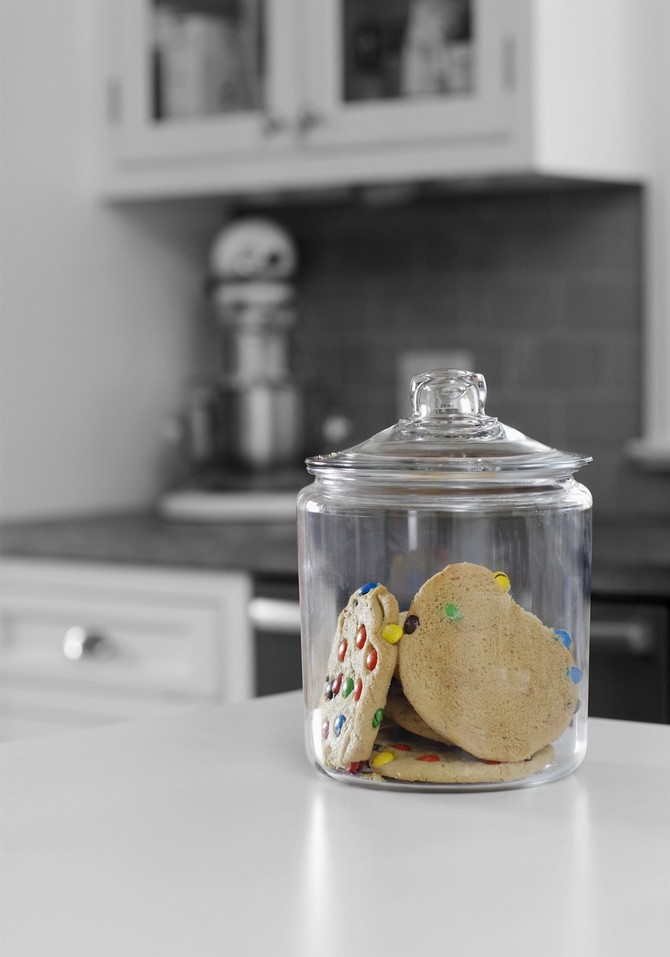
Photo: Thomas Northcut/Photodisc/Thinkstock
The Reusable Containers Storing More Than You Think
You refill those glass and plastic dry-goods containers again and again with cereal, cookies and flour, but how often do you wash them? It turns out they're one of the germiest items in the kitchen and can carry salmonella, yeast and mold, according to the 2013 NSF International Germ Study. Clean the container and lid after every use (especially any rubber seals), using hot water and dish soap, the NSF recommends.
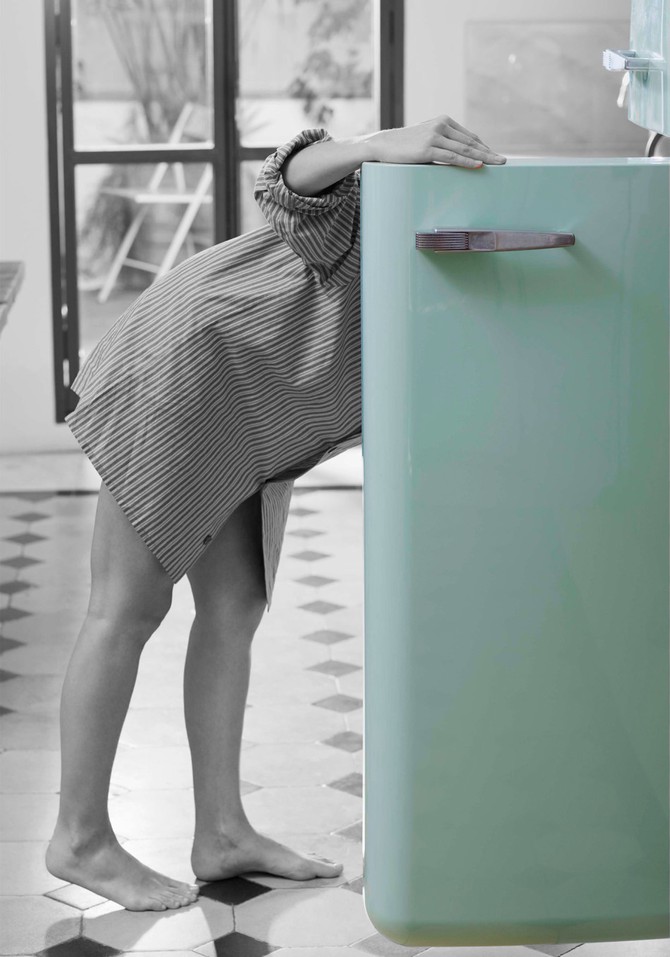
Photo: Jupiterimages/Polka Dot/Thinkstock
The Area You Dread the Most
File "cleaning behind the fridge" under Things No One Ever Wants to Do—Ever. Thankfully, Rapinchuk has two suggestions to make it less of a hassle: Use a long, microfiber wand—she swears by Casabella's Microfiber Vent Brush—to easily sweep up dust under, behind and in other hard-to-reach crannies surrounding your refrigerator. If you're in the market for a new vacuum, look for a model with a wide, flat attachment, which can provide a deeper clean.

Photo: Ryan McVay/Stockbyte/Thinkstock
The Corners of Your Front Porch
Just like the baseboards in your home, the corners and trim surrounding your porch can become loose-dirt magnets. Instead of mopping every square inch—and waiting for it to dry—Rapinchuk suggests using a leaf blower to quickly blast settled dust off of those areas.
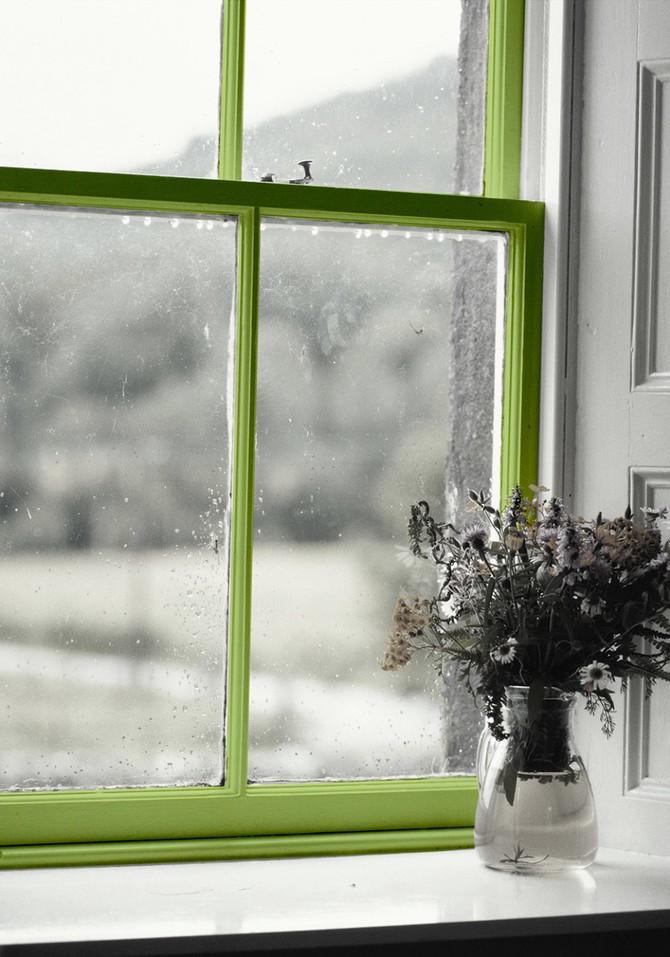
Photo: David De Lossy/Photodisc/Thinkstock
The Part of Your Window No One Notices
Since the weather-stripping on many windows is black, you may not even notice the grime that accumulates there. Wipe that area down with white vinegar twice a year to keep the tracks clean, Rapinchuk says.
If you look at the weather-stripping and think you see mold—which happened to Rapinchuk's friend, who thought to look for it only after seeing an allergist about her nonstop sneezing—you may want to call a professional.
If you look at the weather-stripping and think you see mold—which happened to Rapinchuk's friend, who thought to look for it only after seeing an allergist about her nonstop sneezing—you may want to call a professional.
Published 03/18/2015

